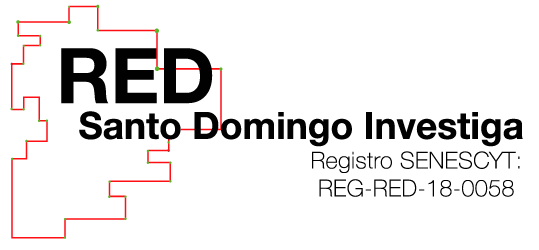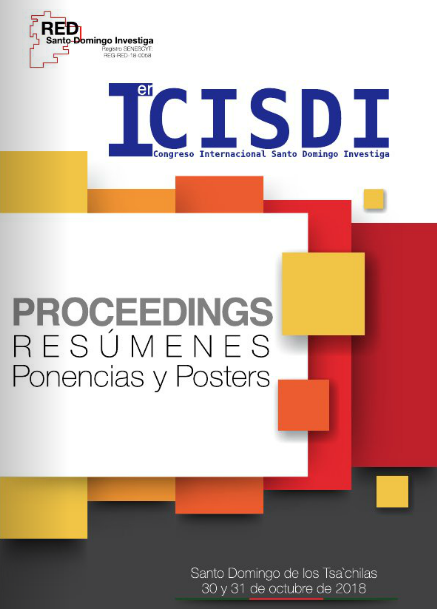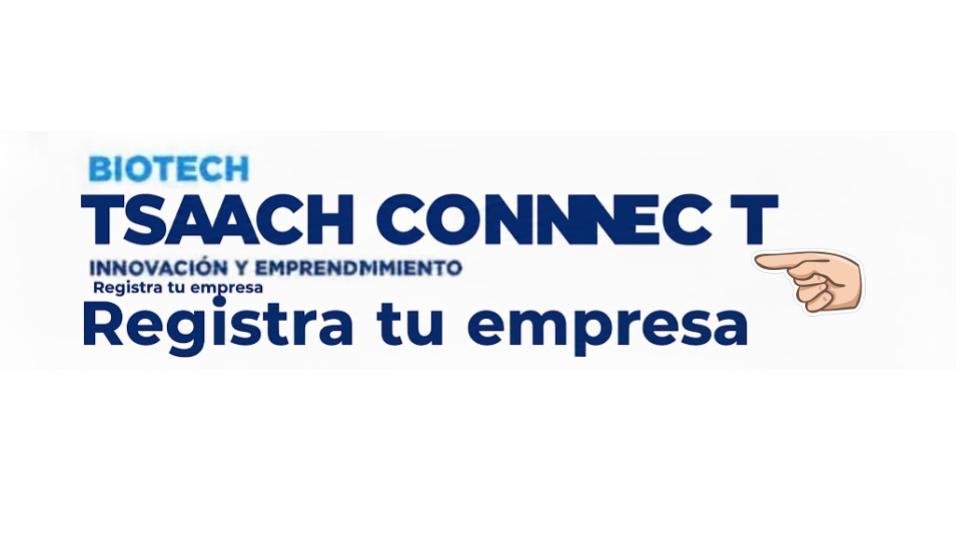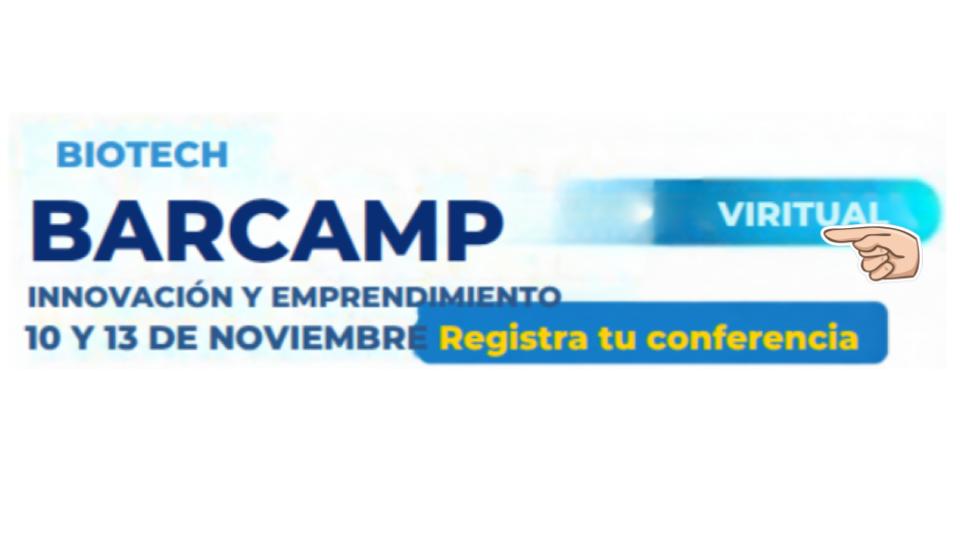GENERACIÓN DE ENERGÍA ELÉCTRICA UTILIZANDO MATERIALES CERÁMICOS PIEZOELÉCTRICOS. (PZT)
GENERATION OF ELECTRICAL ENERGY USING PIEZOELECTRIC CERAMIC MATERIALS. (PZT)
Darío Javier Ordóñez Sánchez
Esta dirección de correo electrónico está protegida contra spambots. Necesita activar JavaScript para visualizarla.
Instituto Superior Tecnológico Tsa’chila
Resumen
En el siguiente trabajo de investigación describe el desarrollo de un sistema didáctico de generación de electricidad; el método de generación se basa en la captación de la energía cinética del movimiento humano a través de ciertos materiales cerámicos que convierten este tipo de energía mecánica en electricidad limpia y renovable.
El fundamento científico para lograr este método de generación es el efecto piezoeléctrico directo, el cual consiste en la propiedad que presentan los materiales denominados igualmente; que pueden ser naturales o sintéticos, los cuales al ser sometidos a algún tipo de esfuerzo mecánico se deforman generando dipolos eléctricos o una diferencia de potencial , esto se debe a que el material no tiene un centro de simetría en la celda unidad, es decir, su centro de cargas negativas no puede coincidir con su centro de cargas positivas a nivel de la celda unitaria.
Palabras Clave: piezoeléctrico, generación, esfuerzo, potencial, cerámicos.
Abstract
The following research work describes the development of a training system for power generation. The method of generation is based on the collection of the kinetic energy of the human movement through ceramyc materials that make this type of mechanical energy into clean and renewable electricity.
The scientific basis for achieving this method of generation is the direct piezoelectric effect, which consists of the property that are also known as the piezoelectric materials that may be either natural or synthetic, which when they are subjected to some kind of mechanical effort, they get deform generating electrical dipoles or a potential difference. This is because the material has a center of symmetry in the unit cell, i.e., its center of negative charges cannot match its center of positive charge at the single cell level.
Key Words: piezoelectric, generation, effort, potential, ceramics.














